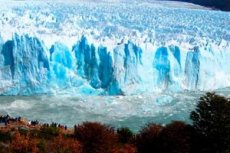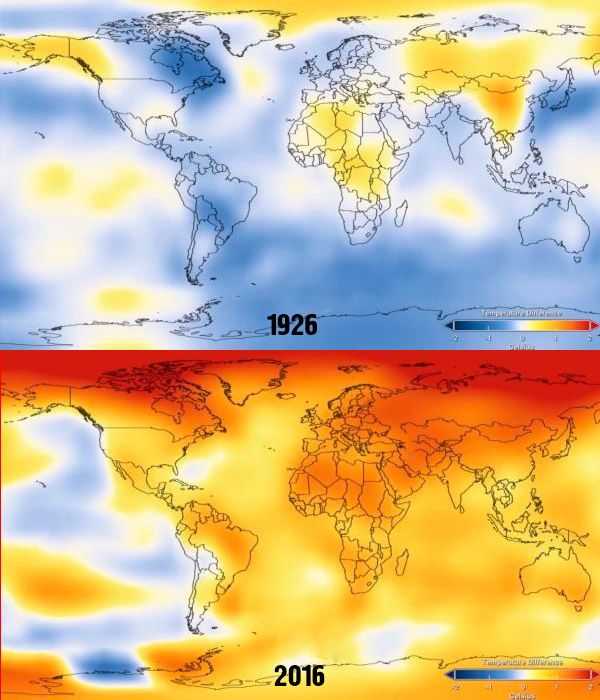New publications
The past year 2016 was recognized as the warmest of all seasons
Last reviewed: 02.07.2025

All iLive content is medically reviewed or fact checked to ensure as much factual accuracy as possible.
We have strict sourcing guidelines and only link to reputable media sites, academic research institutions and, whenever possible, medically peer reviewed studies. Note that the numbers in parentheses ([1], [2], etc.) are clickable links to these studies.
If you feel that any of our content is inaccurate, out-of-date, or otherwise questionable, please select it and press Ctrl + Enter.

Meteorologists analyzed the temperature and atmospheric indicators that were recorded in the year just past and came to the conclusion that 2016 broke all previous records for average annual temperature.
Last year stubbornly broke records for ambient temperatures throughout all twelve months: it was officially recognized as the warmest in the entire historical period of weather observations. In 2016, the average temperature on the earth's surface exceeded the average values recorded in the last century by almost one degree. At the same time, record temperatures have been recorded in different parts of the planet for three years in a row. This is indicated by evidence from regular reports from the space agency together with the National Natural Research and Oceanography Administration.
"The recorded temperatures on the surface of our planet over the past year were the highest since the first meteorological record was made - and that was back in 1880," NASA commented on the situation.
Meteorologists have found that temperatures were record-breaking for eight months last year.
Thus, the average temperature indicator turned out to be 0.99°C higher than the similar average indicator from the middle of the last century.
Overall, since the end of the nineteenth century, the average temperature on the earth's surface has risen by 1.1°C.
Thus, 2016 did not break the trend of the last three years, becoming the warmest in the history of meteorological observations.
The head of the Goddard Institute for Space Studies at the space agency, G. Schmidt, comments on the current situation: "According to our observations, warming has been increasing for the third year in a row. Of course, we will not claim that such a tendency will take place constantly and annually, but it cannot be denied either - after all, the fact remains a fact."
The main driving force that leads to temperature records is the increase in the amount of carbon dioxide and other greenhouse gases emitted. Although, if we take into account the last two years, the situation here has been complicated by the imbalance of temperature regimes of the water surface of the equatorial zone of the Pacific Ocean - this is a natural anomaly, with another more common name "El Niño".

One meteorologist comments on this phenomenon as follows: “One year of warming can be considered an accident, but several years in a row – three years at the moment – is a clear trend.”
Warming is especially clearly visible in the Arctic. This includes the mass melting of permafrost areas and the rapid reduction in the volume of the ice cap. Such changes lead to gradually increasing coastal erosion, which has already had a negative impact on the life characteristics of the peoples living in Arctic conditions.
Other consequences of global warming include scorching drought and a sharp drop in crop yields in African and South Asian lands, and rising sea levels.
